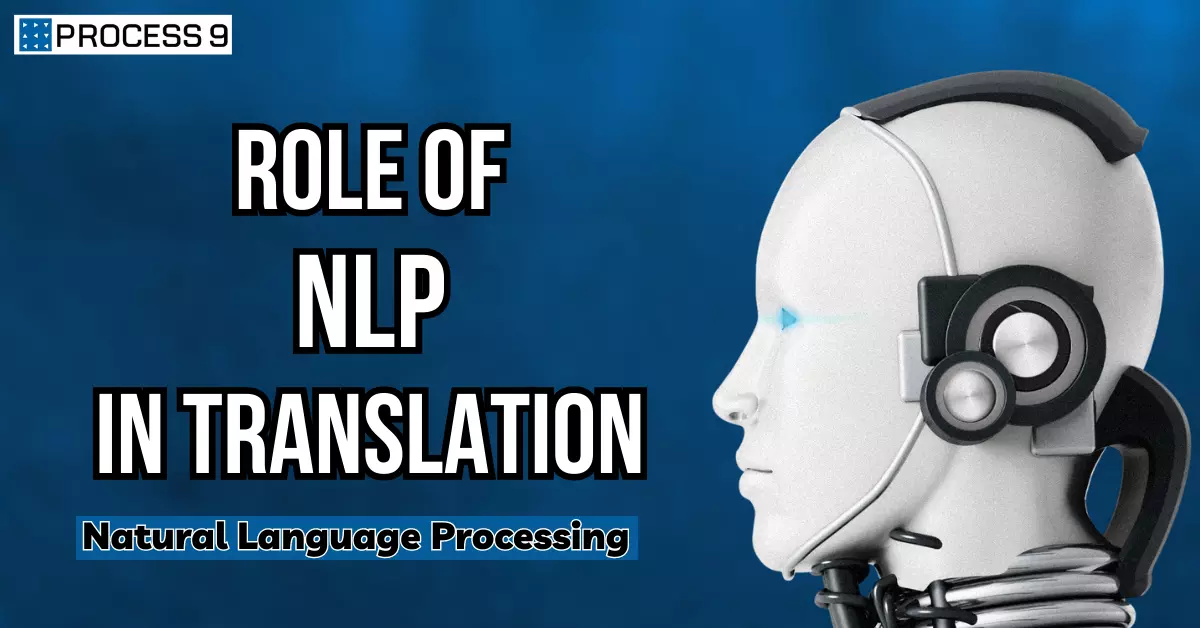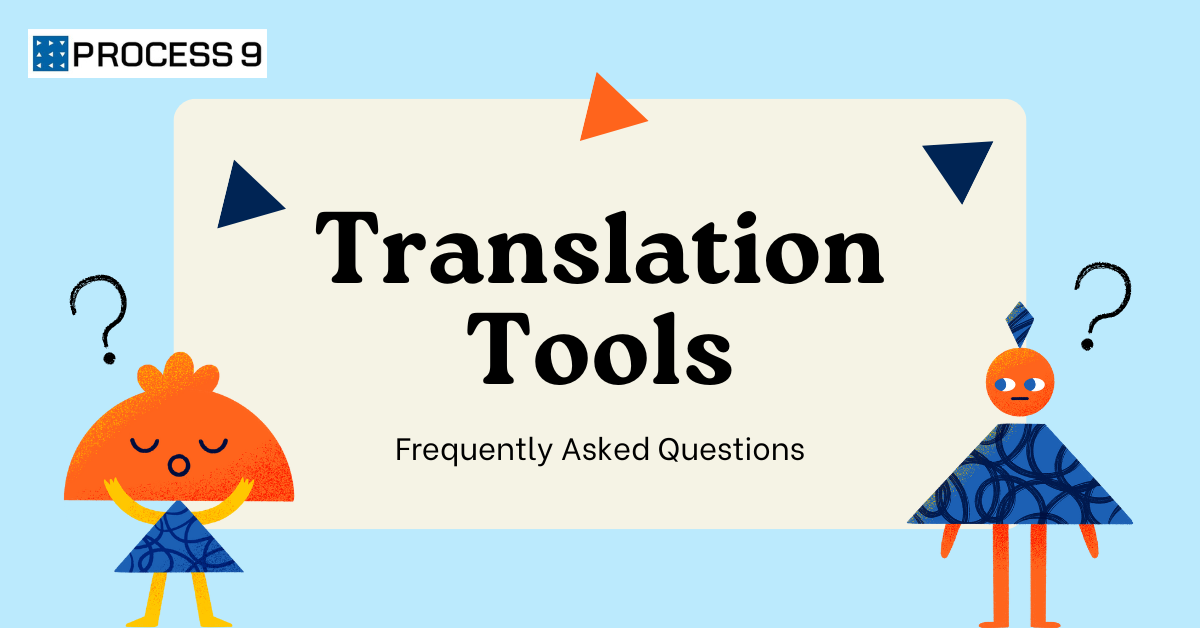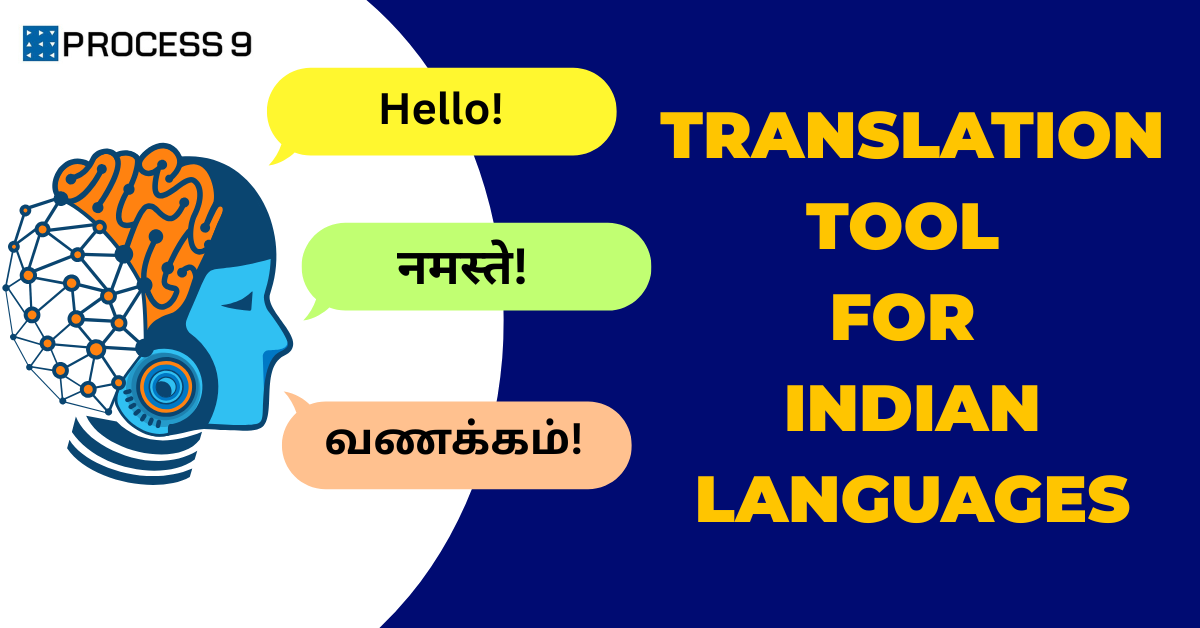Introduction
Translation: Let’s face it, translating is hard! But with the advances in natural language processing (NLP), translation is getting much more accessible. If you want to learn more about how NLP is revolutionizing translation and what you can do as a translator today, read on…
Definition of NLP
Natural language processing (NLP) is a field that aims to develop computer systems and methods for processing human language. It involves understanding the structure of natural languages, such as English, Spanish, or Mandarin Chinese, and applying this understanding to generate computer programs capable of performing human communication tasks.
A brief history of NLP
The field of natural language processing (NLP) originated in the 1950s when researchers began studying how people talk and write. In the 1960s, they started developing algorithms to analyze sentences to extract information. These early efforts focused on extracting information from written text, but by the mid-1970s, computers could also understand spoken words. During this time, researchers also looked at how computers could use their knowledge about language structure to help people with speech recognition problems, such as those caused by background noise or poor connections between microphones and speakers during phone calls. Today we often think of NLP as a subfield within artificial intelligence research. Still, it was a separate discipline until the 1980s, when it became more specialized and focused on analyzing text rather than other data like images or sounds.
Importance of NLP in Translation
The importance of natural language processing in translation is evident, making the translation process more efficient and effective. The use of NLP, especially in machine translation, has made it possible for businesses to communicate with their target audience more authentically.
The use of NLP has been instrumental in helping translators improve their accuracy and efficiency when translating from one language to another. This can be done by using NLP to analyze text and extract information about it, which can then be used to improve the quality of the translation process.
NLP Techniques in Translation
A. Tokenization
Tokenization of breaking a text string into discrete units called tokens, whereby each unit can uniquely be identified by its position and content. In NLP, tokenization is used for many purposes. For example, it may be used to identify and extract keywords from a sentence or paragraph or to create a parse tree representation of the text. Unveiling hidden information in the text is another common use of tokenization. For instance, if you know that someone has written something, but you don’tdon’t know its meaning, then you can use NLP techniques such as part-of-speech tagging and named-entity recognition to find out what they meant by their writing.
B. Part-of-Speech Tagging
Part-of-speech tagging (POS tagging) is a way to describe the role of each word in a sentence and how it relates to other words in that sentence. For example, in “The cat sat on the Mat,” the word “cat” has two roles: noun and verb. The word “sat” has one role: verb; however, it could also describe an action performed by another word like “receded”. To determine which role each word plays in this sentence, we need to know what part of speech each word is and how it relates to other words to determine if it is a noun or verb that describes an action performed by another noun or verb.
C. Named Entity Recognition
Named entity recognition (NER) identifies the named entities in a document or text, such as people, places, products, and organizations. Named entity recognition can identify the persons, places, things, and events mentioned in a document or text.
NLP techniques such as NER can be applied to any type of text, including news articles, blog posts, emails, and tweets.
NLP techniques can also extract valuable information from online articles such as blog posts frequently read by other bloggers who might have similar interests and topics of interest, such as finance or health-related topics.
D. Syntax Analysis
Syntax analysis is the most fundamental technique in NLP, especially for translating from one language to another. In this process, you will analyze the sentences of your source language and extract their main elements. These elements are then compared with those of your target language, which will help you decide whether they are similar. For example:
* “The boy went to school” (source)
* “The boy went to school” (target)
The first sentence is in English, while the second is in Spanish. The two sentences contain almost the same words but have different meanings. Thus, to translate them, you must find out which words mean what in both languages. In this case, we can say that there are similarities between “go” and “Vamos” because they both mean ” to go”. However, there are differences between them as well because “go” has a more general meaning, while “Vamos” implies a movement towards something specific. Thus, there are similarities between these two sentences, but there are also differences between them.
E. Machine Learning
Machine learning (ML) is a subfield of artificial intelligence that aims to develop computer systems able to learn without being explicitly programmed. The field has applications in various areas, including computer vision, speech recognition, and natural language processing.
The core idea behind machine translation is to build models which can be used to make predictions and take actions. In NLP, we use machine learning techniques to develop better translation systems by using them as inputs into our models.
Machine learning algorithms can be broadly divided into supervised learning and unsupervised learning. Supervised learning involves training a model on data where the labels are known (for example, in a classification problem). In contrast, unsupervised learning consists in training a model on unlabeled data (for example, in clustering).
Advantages of NLP in Translation
A. Speed and Efficiency
One of the major advantages of NLP in translation is its efficiency. It is a process that requires little time and effort, making it very suitable for those who have little free time on their hands. The process can be completed quickly and efficiently so that you can focus on other things, such as your work or studies, without worrying about how long it will take you to translate your document. This also makes it cost-effective because you get more done in less time than with other methods requiring more time and effort.
B. Consistency
Another advantage of using NLP in translation is that it helps improve consistency in terms of accuracy and quality. By using NLP, translators can ensure that they will produce accurate translations every time they use the technique. It also helps improve consistency when it comes to terminology, which can be helpful if you want to make sure that your document reads smoothly without any confusion among readers or if you need to ensure that certain terms are used consistently throughout your document so that everyone understands what they mean precisely. Using NLP also helps ensure consistency in tone, ensuring that all parts of your document read smoothly without any awkward pauses or stumbles as readers.
C. Cost-Effectiveness
Using NLP in your translation process can be very cost-effective because it allows you to spend less time translating each document and increase accuracy while reducing errors due to poor translations caused by human error or poor training (i.e., no training at all).
D. Increased Accuracy
NLP is a technology that employs principles and techniques to deliver the best translation possible while maintaining the accuracy of the original text. It focuses on the structure of the language rather than its literal meaning. This means that even if some words or phrases in your target language have no equivalent in English, NLP can still be used to make sure they’re translated correctly.
E. Improved Translation Quality
Using NLP tools for translation makes it easy for translators to identify and correct any problems with their work before it goes into circulation, which means higher quality translations with less risk of error. In addition, because NLP-assisted translation software is built from scratch specifically for each project, it can provide more accurate results than existing translation tools.
Overcoming the Challenges of NLP in Translation
While the benefits of NLP in translation are significant, some challenges must be addressed to ensure its effectiveness. Here are some of the critical challenges and how they can be overcome:
A. Linguistic Complexity
One of the significant challenges in NLP-based translation is the inherent complexity of human language. Languages are inherently ambiguous and context-dependent, which makes it difficult to develop algorithms that can accurately translate them. Additionally, languages often have complex grammar and syntax rules that can be difficult to parse.
To overcome these challenges, NLP systems must be designed to handle linguistic complexity. This can involve using machine learning techniques to help systems learn the nuances of a language and improve translation accuracy over time. It can also include developing more sophisticated algorithms that can handle complex grammar and syntax rules better.
B. Cultural Differences
Another challenge in NLP-based translation is that languages are often closely tied to specific cultures. This means there are often cultural nuances and references that may take time to be apparent to a machine learning system. For example, specific phrases or idioms may not have direct translations in another language.
To address this challenge, NLP systems need to be designed to consider cultural differences. This can involve training systems on large datasets of texts that include examples of cultural references and idiomatic expressions. It can also involve leveraging other technologies, such as computer vision or audio analysis, to provide additional context that can help improve translation accuracy.
C. Contextual Ambiguity
Contextual ambiguity is another challenge in NLP-based translation. In many cases, the meaning of a word or phrase can vary depending on the context in which it is used. For example, the word “bank” can refer to a financial institution or the edge of a river.
To address this challenge, NLP systems need to be designed to take context into account. This can involve using machine learning techniques to analyze the context of a sentence and determine the most likely meaning of a word or phrase based on its context. It can also involve techniques such as topic modelling or semantic analysis to provide additional context to help disambiguate language.
D. Limitations of Machine Translation
Finally, it’s essential to acknowledge that machine translation has its limitations. While NLP-based translation can be highly effective, there are still cases where human translators are necessary to ensure accuracy.
To address this challenge, NLP must be designed functionally with human translators. This can involve using machine translation as a starting point and having human translators review and refine the results.
MoxVeda- A Real Revolution in the Industry of Translation
MoxVeda by Process9 is a groundbreaking platform that is transforming website translation. It enables businesses to translate their websites instantly without modifying their website code or databases. This platform simplifies the manual translation process by automating the entire workflow, from extracting English text to replacing it with translations and checking for HTML code accuracy. With MoxVeda, businesses can ensure that their English and translated websites are always in sync. Powered by advanced technology, the platform automatically detects English text, translates it into the desired language and keeps translations up to date.
Let’s Wind Up
Can we underestimate the impact of NLP on the translation industry? From tokenization to machine learning, NLP has transformed how we approach translation, offering faster, more accurate, and cost-effective solutions. While challenges remain, the future of NLP in translation is bright, and its potential for further development is vast.







Share: